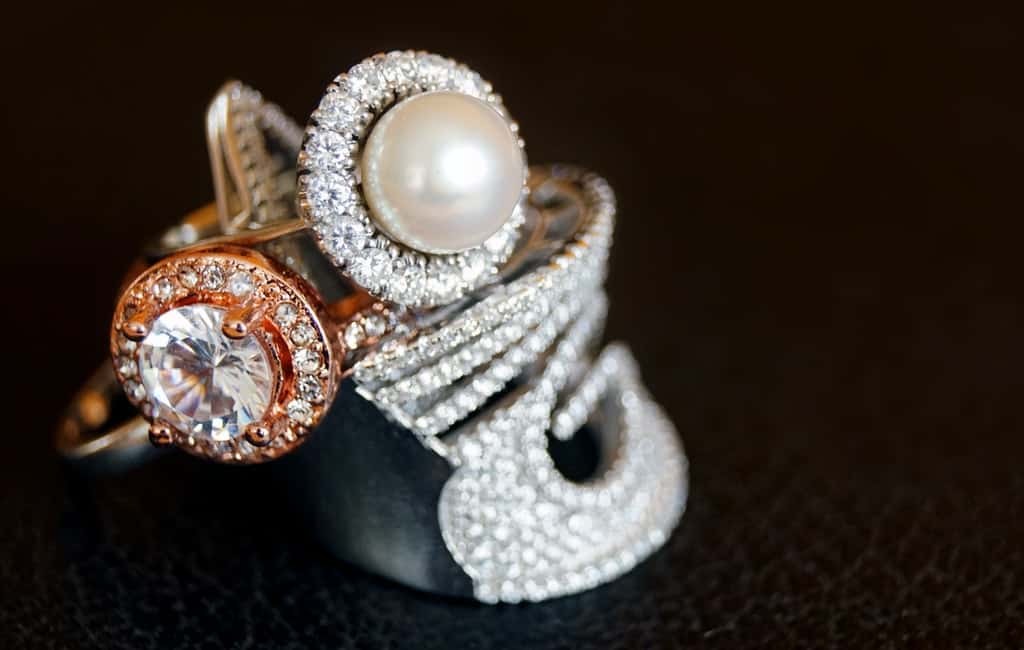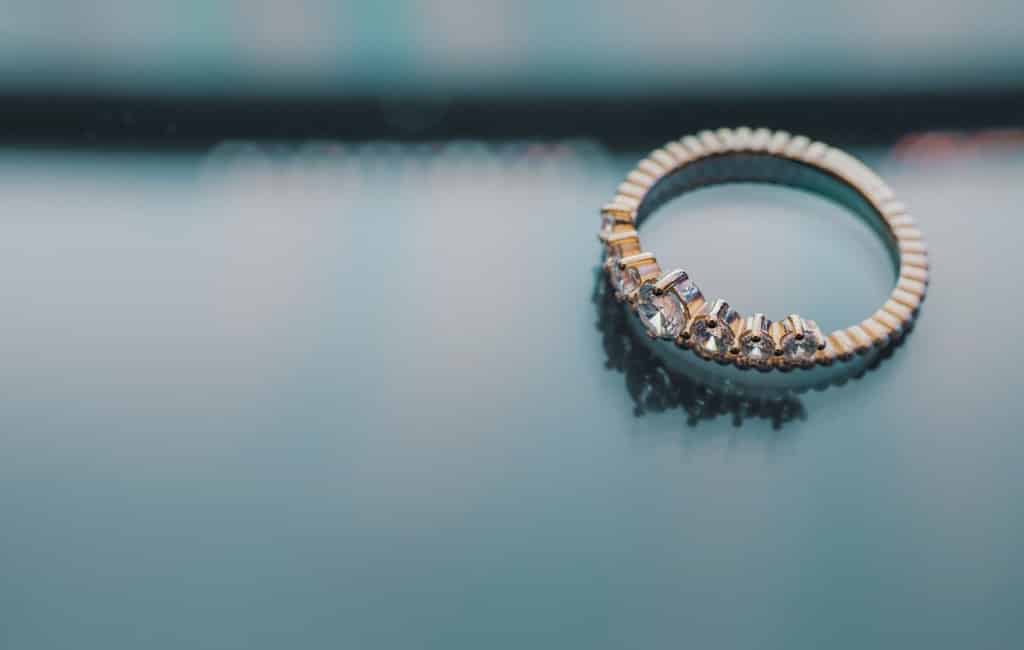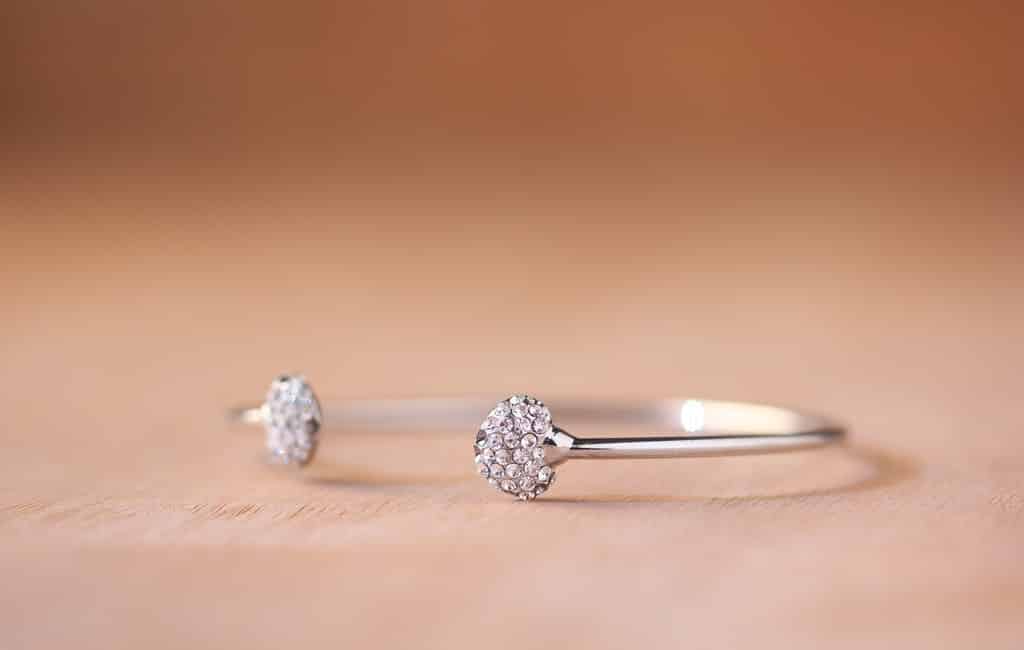Diamonds are some of the most popular gemstones in the world. They are formed beneath the earth’s crust by the action of physical forces under the earth when carbon is placed under high pressure. Diamonds are crystalline in nature – as opposed to the more amorphous version of carbon, which occurs naturally in nature; which is known as graphite – and they are also the hardest material known in nature. Diamonds also have a very strong presence in the media and pop culture where they are known as the foremost gemstones in the world.

WHAT ARE DIAMONDS?
A diamond is a precious stone that is basically a clear crystalline form of carbon, which has been formed under high heat and pressure underneath the earth’s surface. Carbon occurs naturally in solid form in the form of carbon underneath the earth’s surface, however, it may also occur as graphite; the amorphous form of solid carbon.
What sets diamonds apart from graphite is its physical appearance (it is clear, colorless in its pure form and currently the hardest substance known to mankind), as well as the fact that on a more chemical and molecular level, the crystal formation in diamonds are way stronger and tighter than those in graphite, which results in graphite being soft and malleable in contrast to diamonds which are not.
Due to the diamond’s unique properties – i.e. being the hardest known substance on earth, with the highest known thermal conductivity – they are usually used during industrial applications such as cutting and drilling (because they are usually fixed to the ends of such cutting and drilling tools).
However, diamonds are not always colorless or white. The presence of impurities such as nitrogen and boron during diamond formation beneath the earth’s crust – a process which takes place over several hundreds and even thousands and millions of years, during which carbon is subjected to extremely high pressure and heat – tends to give diamonds colors which they otherwise would not have. These colors include yellow (due to nitrogen contamination) and blue (due to boron contamination) and their formation in diamonds is rather miraculous as the crystal lattices in diamonds are rather rigid (which means that these chemical contaminants must have really wanted to get in). Diamonds also come in other colors such as brown, red, green, purple, orange and black (as a result of one form of contaminations or impurities).

WHAT ARE THE DIFFERENT TYPES OF DIAMONDS?
There are many different types of diamonds in the world and each one has its distinct characteristics that set it apart. These different types of diamonds may also vary in terms of uses. They include the following:
- White diamonds
White diamonds are the most desirable types of diamonds in the world. This is because they usually contain no impurities or contaminants. Consequently, this kind of diamonds is also the most expensive sort in the world. White diamonds are usually the types of diamonds people want on their engagement rings and wedding rings, in order to fit in with the phrase “white wedding”, because this type are the closest to perfection that a person can get in the world of diamonds, and all things being considered – compared to other types of diamonds – white diamonds or colorless diamonds are the ones that are absolutely without blemish. White diamonds are usually found in countries like Botswana, Democratic Republic of Congo and South Africa.
- Pink champagne diamonds
Pink champagne diamonds are some of the most expensive diamonds in the world, particularly the ones that are mined naturally with their pink glow. In nature, pink champagne diamonds are formed from the misalignment of carbon atoms. However, artificially, they can be attributed to treatments like annealing and irradiation in diamonds that are lab-grown.
- Blue diamonds
Blue diamonds are the type of diamonds that are usually formed as a result of exposure to the chemical element known as boron, during the diamond formation process (which occurs deep beneath the soil over several millions of years, during which carbon is subjected to high pressure and heat). Artificial blue diamonds are also subjected to boron in order to obtain their blue glow.
- Orange diamonds
Orange diamonds are among the rarest type of diamonds in the world. They are sometimes referred to as pumpkin diamonds and are usually formed when diamonds are exposed to nitrogen during their formation process underneath the earth’s crust over millions of years.
- Yellow diamonds
Yellow diamonds are usually formed in nature due to a diamond’s exposure to high quantities of nitrogen during its formation process (i.e. when it is being formed underneath the earth’s crust under the action of high pressure and high heat). Yellow diamonds have a luminosity that is akin to natural warmth, which is what makes them desirable.
- Purple diamonds
This particular type of diamonds takes at least 1 billion years to form, beneath the earth’s crust and they are usually formed as a result of a diamond’s exposure to hydrogen and boron during its formation process. It isn’t easy to distinguish between naturally formed purple diamonds and other forms of diamonds, however, there are different shades of purple that exist among both groups (i.e. natural and artificial); and the intensity of this color may have a subsequent effect on the price of the diamond.
- Green diamonds
Green diamonds are formed naturally when diamonds are exposed to radiation during their formation process. This type of diamonds is extremely rare and very desirable for use in the jewelry and ornamental industries.
- Synthetic diamonds
“Synthetic diamond” is another term for lab-grown diamonds, otherwise known as diamonds which are manufactured artificially in a laboratory. They may either be of very high quality (and may not be so easy to differentiate from naturally formed diamonds) or they may contain flaws, if they are not manufactured properly.
WHAT IS THE RAREST DIAMOND IN THE WORLD
Red diamonds are the rarest diamonds in the world (and are also some of the most expensive). They are formed as a result of a very rare defect in the lattice formation of diamond, during its formation process, and not as a result of impurities (which means that red diamonds are a hundred percent pure). A high percentage of the red diamonds in the world are found in the Argyle Diamond Mine in Australia.

